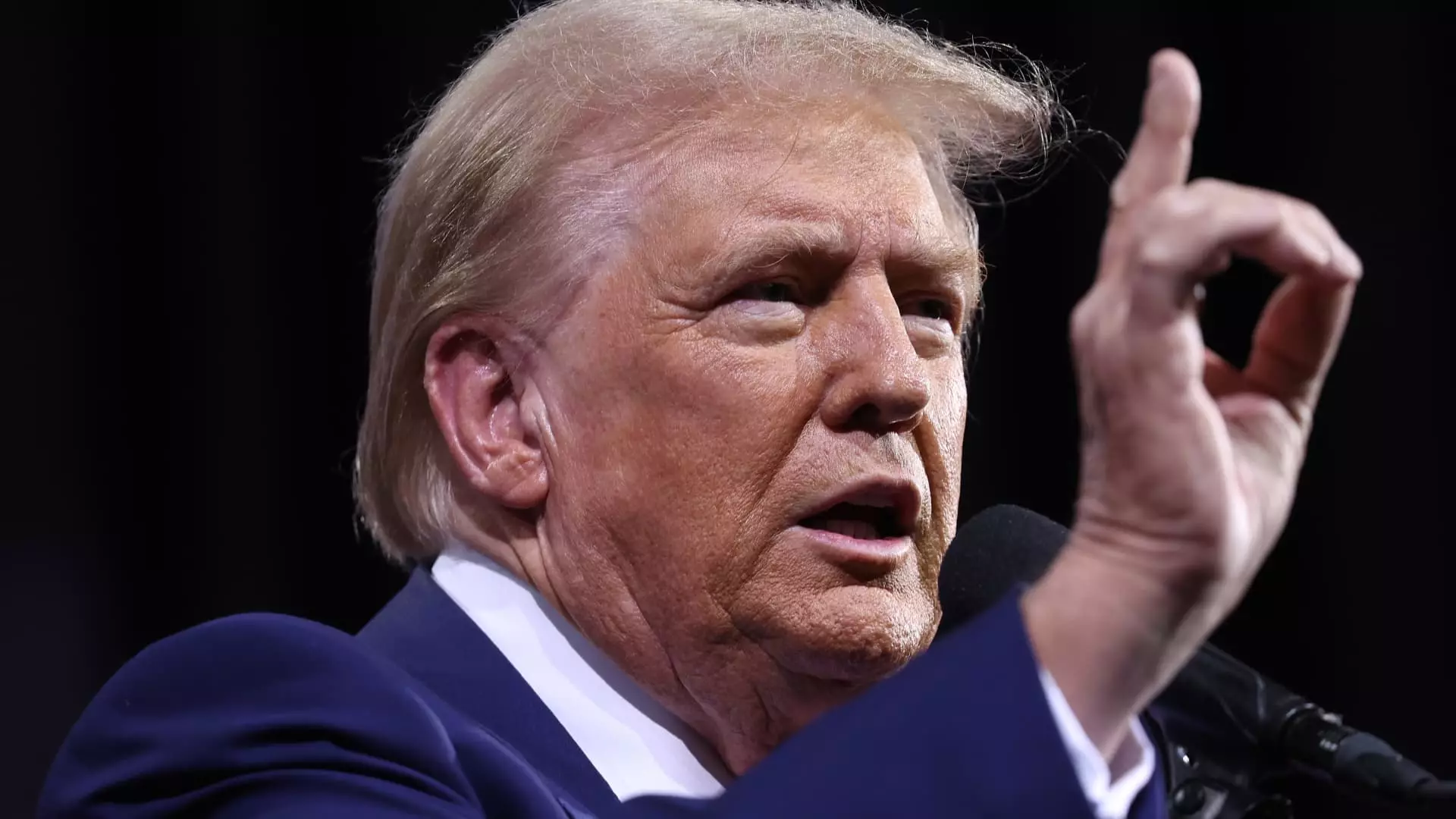During a recent campaign rally in Tucson, Arizona, former President Donald Trump made headlines with his bold promise to eliminate taxes on overtime pay if he secures a second term. This announcement comes as part of a broader strategy to reduce taxes and incentivize work among Americans. By asserting, “your overtime hours will be tax free,” Trump positions this plan as a means of stimulating workforce participation and improving the overall economic landscape. This pledge, aimed at both workers and businesses, seeks to make labor more attractive by allowing employees to retain a larger portion of their earnings.
The discussion of overtime pay is steeped in historical context. The 1938 Fair Labor Standards Act established the framework for a 40-hour workweek and set the guidelines for overtime compensation, mandating that workers receive at least 1.5 times their regular pay for hours worked beyond the standard. Trump’s proposal to eliminate taxes on these earnings represents a significant departure from longstanding labor regulations, one that could have ripple effects throughout the economy.
With the Biden administration recently raising the minimum salary threshold for overtime eligibility, discussions surrounding wages are increasingly relevant. The push for higher wages emphasizes the ongoing struggle for equitable pay, particularly for lower-income earners. This makes Trump’s tax cut proposal particularly controversial, as it could undermine existing progress in labor rights.
Trump argues that removing taxes on overtime would not only incentivize workers to take on additional hours but also benefit companies in recruiting efforts. By diminishing the tax burden associated with overtime, businesses may find it easier to attract employees willing to work longer hours, potentially leading to increased productivity. However, this viewpoint overlooks potential drawbacks, such as the challenge of retaining those workers satisfied with their current arrangements. The effectiveness of such policies often relies on the broader economic context, including current employment rates and the nature of job availability.
Additionally, the proposal sparks a critical debate over the role of taxation in supporting social structures. Removing taxes on overtime could exacerbate income inequality and reduce public funding needed for essential services. Critics argue that tax revenue is vital for maintaining social safety nets that directly benefit low-wage workers, who are more likely to rely on public services.
As of now, the Trump campaign has not provided detailed plans to clarify how this tax elimination would be implemented. The lack of concrete information raises questions among voters and policy experts alike about the feasibility of such a proposal. Meanwhile, the Harris campaign has remained quiet in response to Trump’s pledge, choosing to focus on their own policy initiatives instead.
As the election approaches and the political climate intensifies, citizens may rely heavily on fact-checks and in-depth analyses of each candidate’s proposals. Understanding the nuances behind tax policies and their potential effects will be crucial in making informed electoral decisions. Ultimately, whether Trump’s proposal to eliminate taxes on overtime can gain traction depends on public perception and its alignment with the broader economic discourse leading into the next election.

Leave a Reply